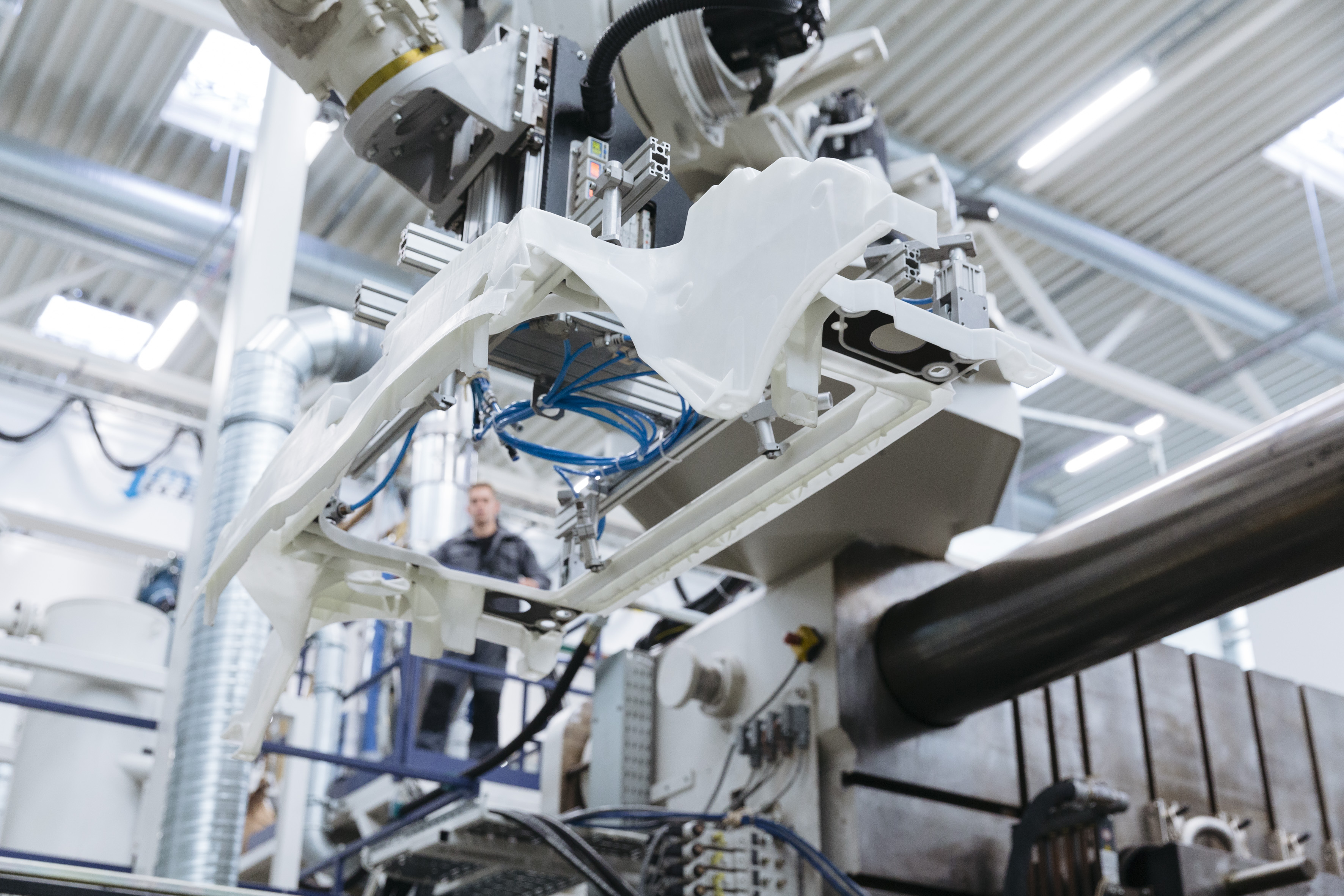Predicting crystallization processes will allow for better plastic components
In the field of manufacturing plastic components, advance simulations of manufacturing processes and component properties are becoming increasingly important. Until now, however, it has been almost impossible to account for the crystallization state of semi-crystalline polymers in such models. The Fraunhofer Institute for Microstructure of Materials and Systems (IMWS) in Halle (Saale) is working with partners from the industry to rectify this problem, which will make optimized components and shorter development times possible.

The requirements for plastics are constantly increasing: they need to be high-performance, cheap to produce and much more. In order to develop new plastics that meet these requirements, the principle of trial and error is thus much too slow and much too expensive. Instead, manufacturers rely on mathematical models that let them predict how the materials will behave, along with the ideal parameters for the production process. The material properties are largely determined based on the microstructure.
Until now, the crystallization state of semi-crystalline polymers has been a blind spot in such simulations. That reduces the validity of the models, because the crystallization state is an important variable for later performance. When polymer melt hardens, the molecule chains in the polymer arrange themselves into a particular order. How this happens can depend on the cooling and flow conditions or on additives and fillers in the polymer – which in turn affects the mechanical, thermal, optical and chemical properties of the polymer, such as the shrinkage and warping of thermoplastic injection-molded parts.
In a research project with Exipnos GmbH, from Merseburg, and SimpaTec GmbH, from Aachen, the Fraunhofer IMWS hopes to eliminate this blind spot. “We will be studying crystallization-related kinetic models, using our own measurement methods and sensors,” says Prof. Mario Beiner, Scientific Director of the Polymer Applications division at the Fraunhofer IMWS. This will be done by continuously comparing predictions from the simulation with the actual measurement values collected from demonstrator components. “If it works, the simulation models will be much more valid. At the same time, we will be able to precisely control crystallization during the injection molding process. As a result, we will be helping to optimize components and tailor their properties even better for later applications. In addition, we will be able to significantly accelerate the development processes and tool manufacturing,” says Beiner, summing up the potential of the project, which will continue through the end of 2019.
The project is being funded by the Federal Ministry of Education and Research (BMBF) as part of the “KMU-NetC” program. The goal of this program is to improve the innovative power of small and medium-sized companies by encouraging them to collaborate more frequently in networks and clusters.
This is a modal window.